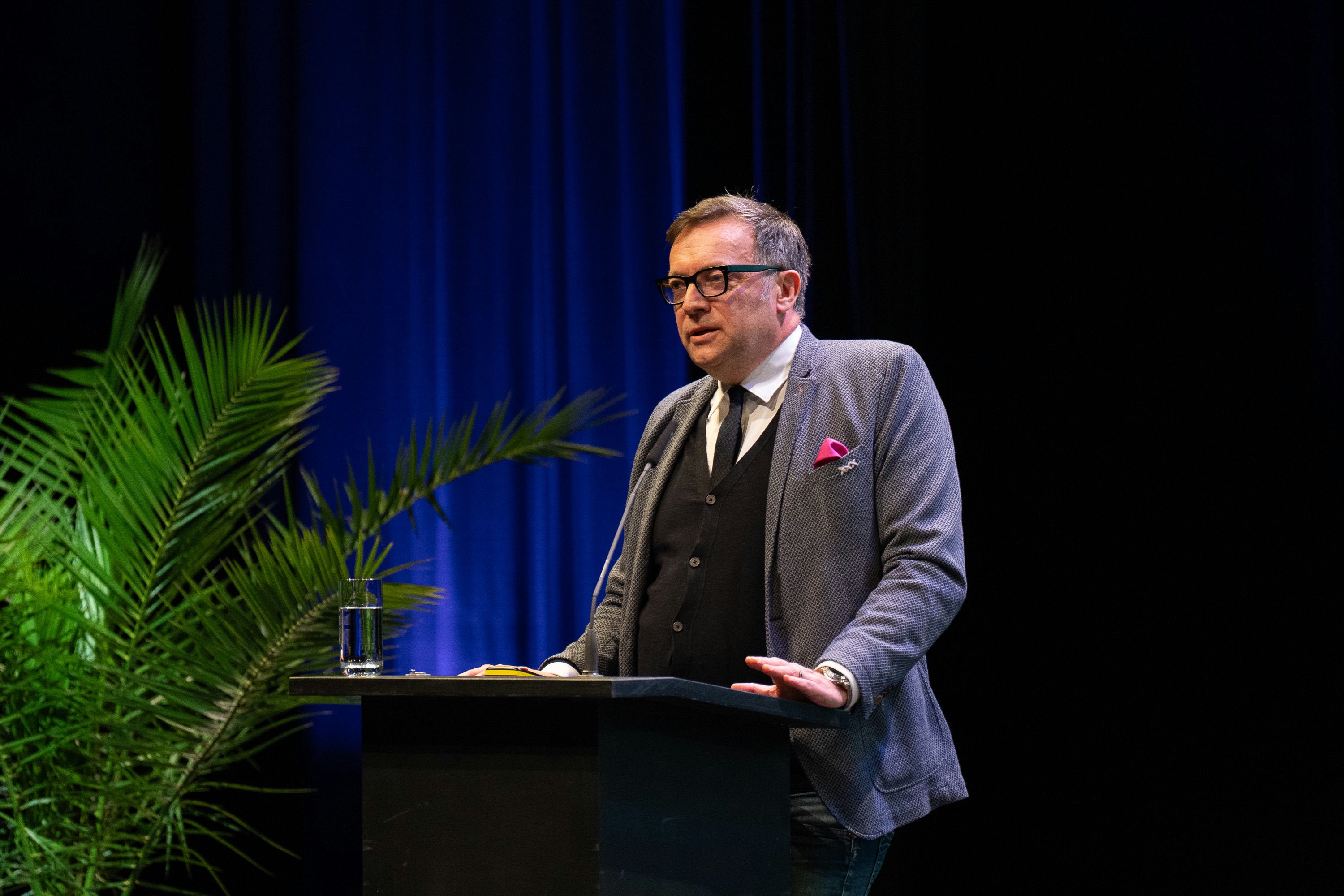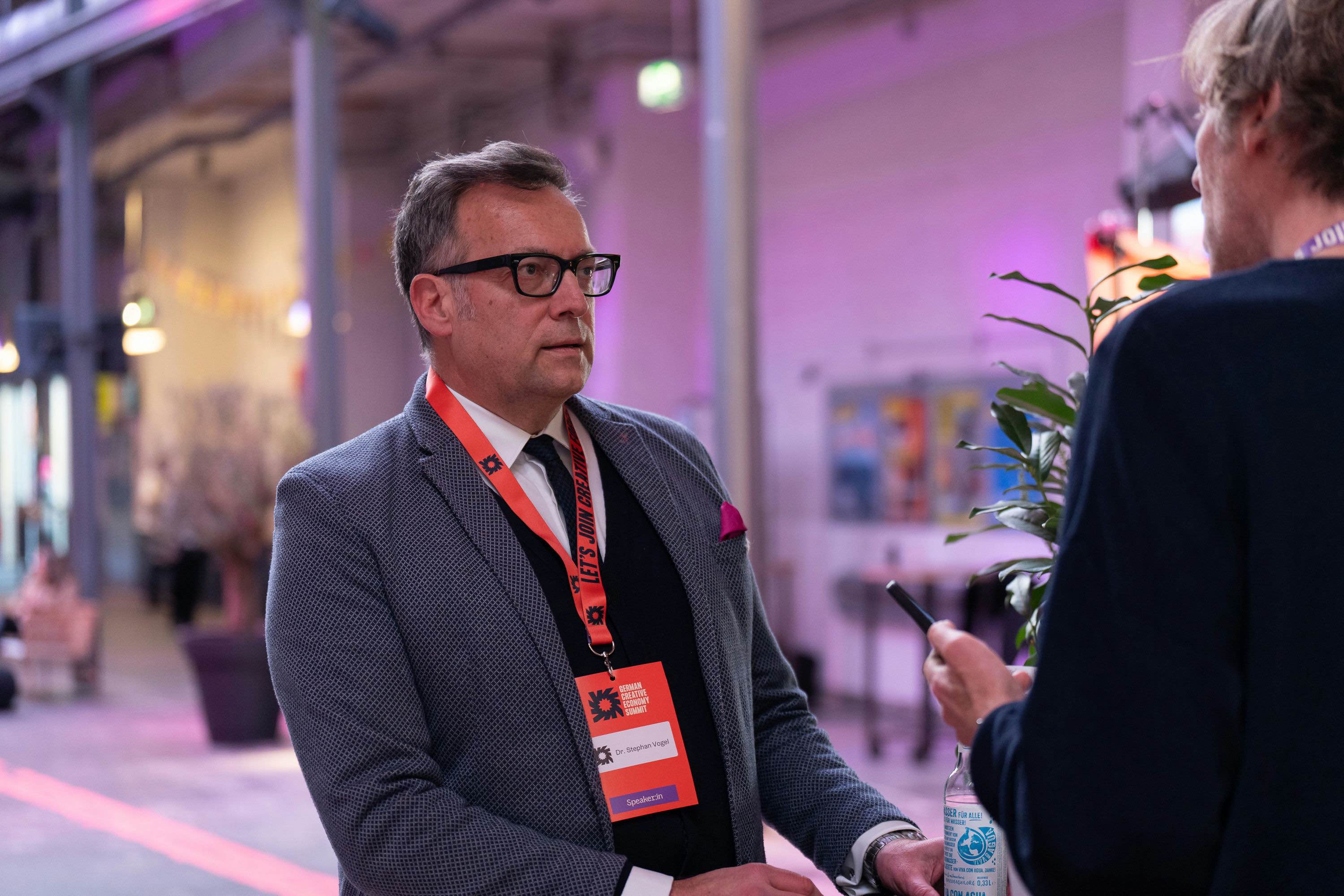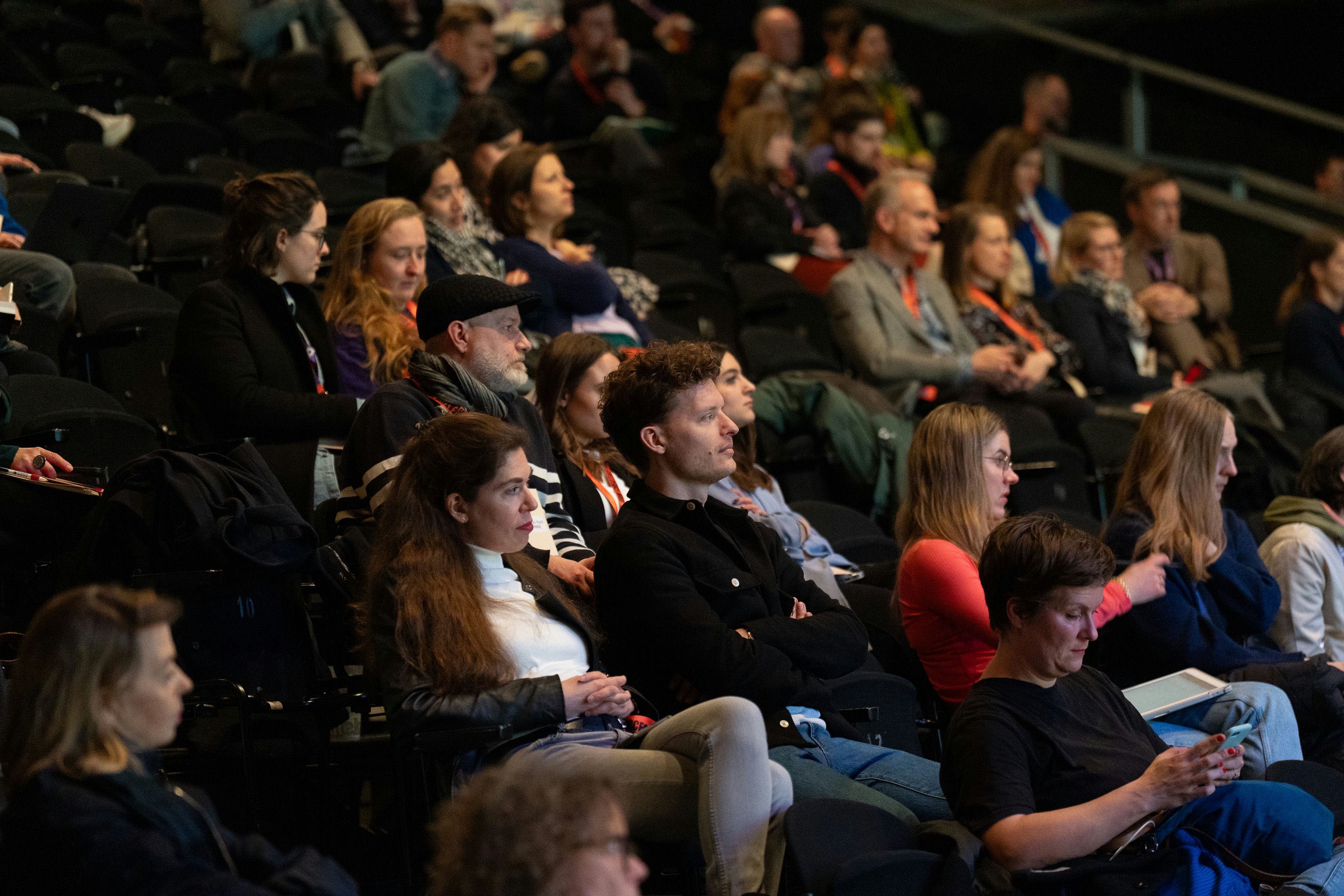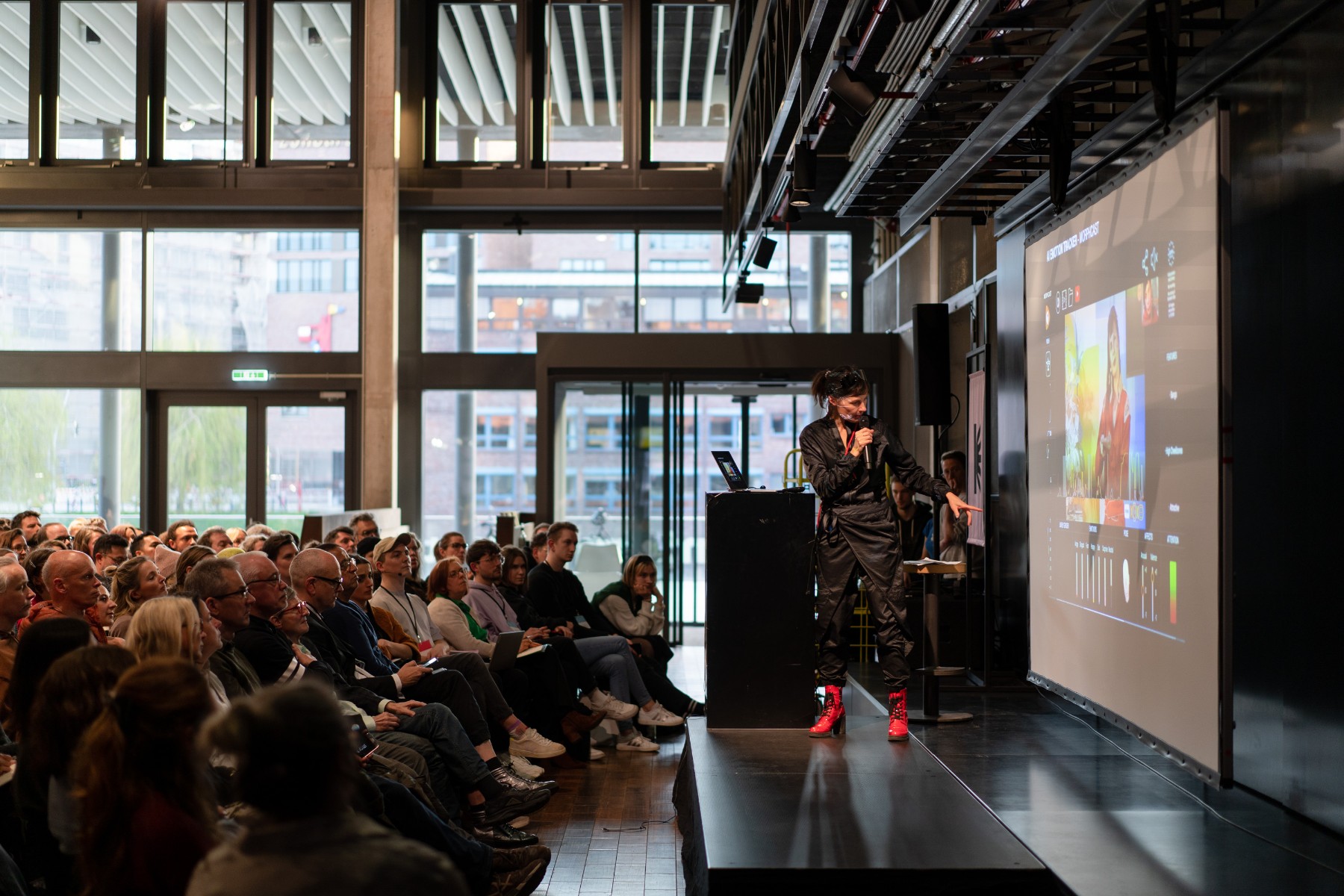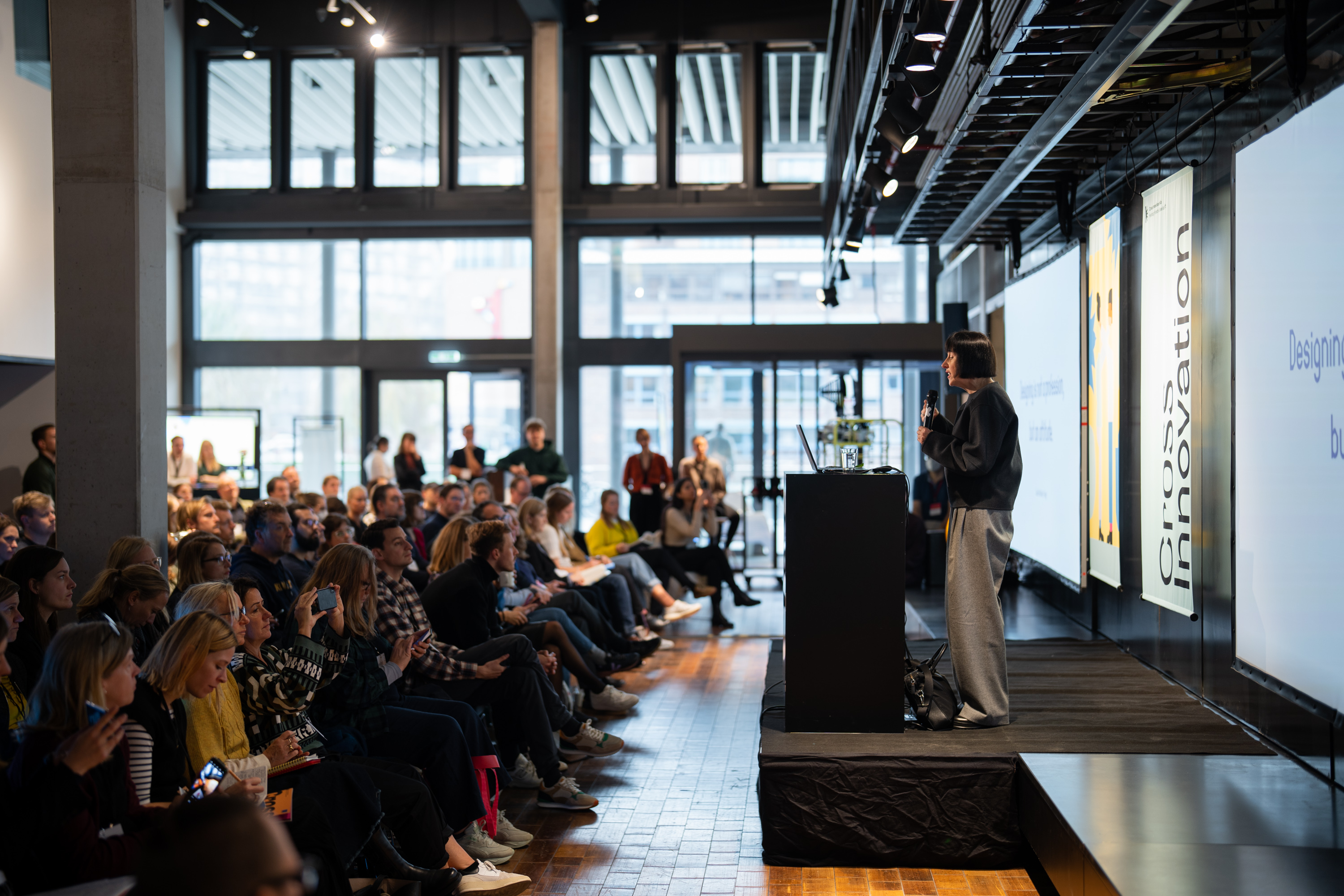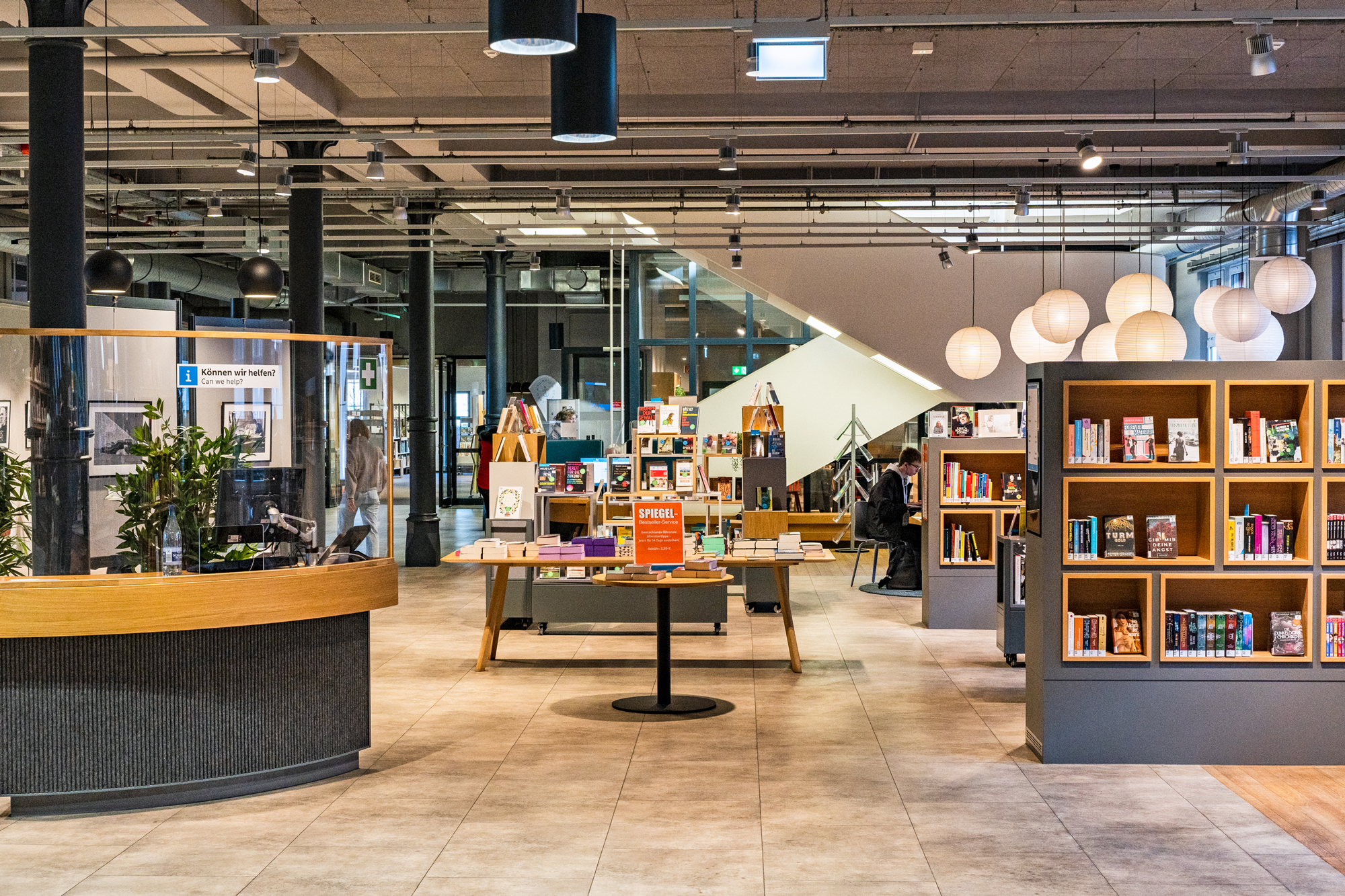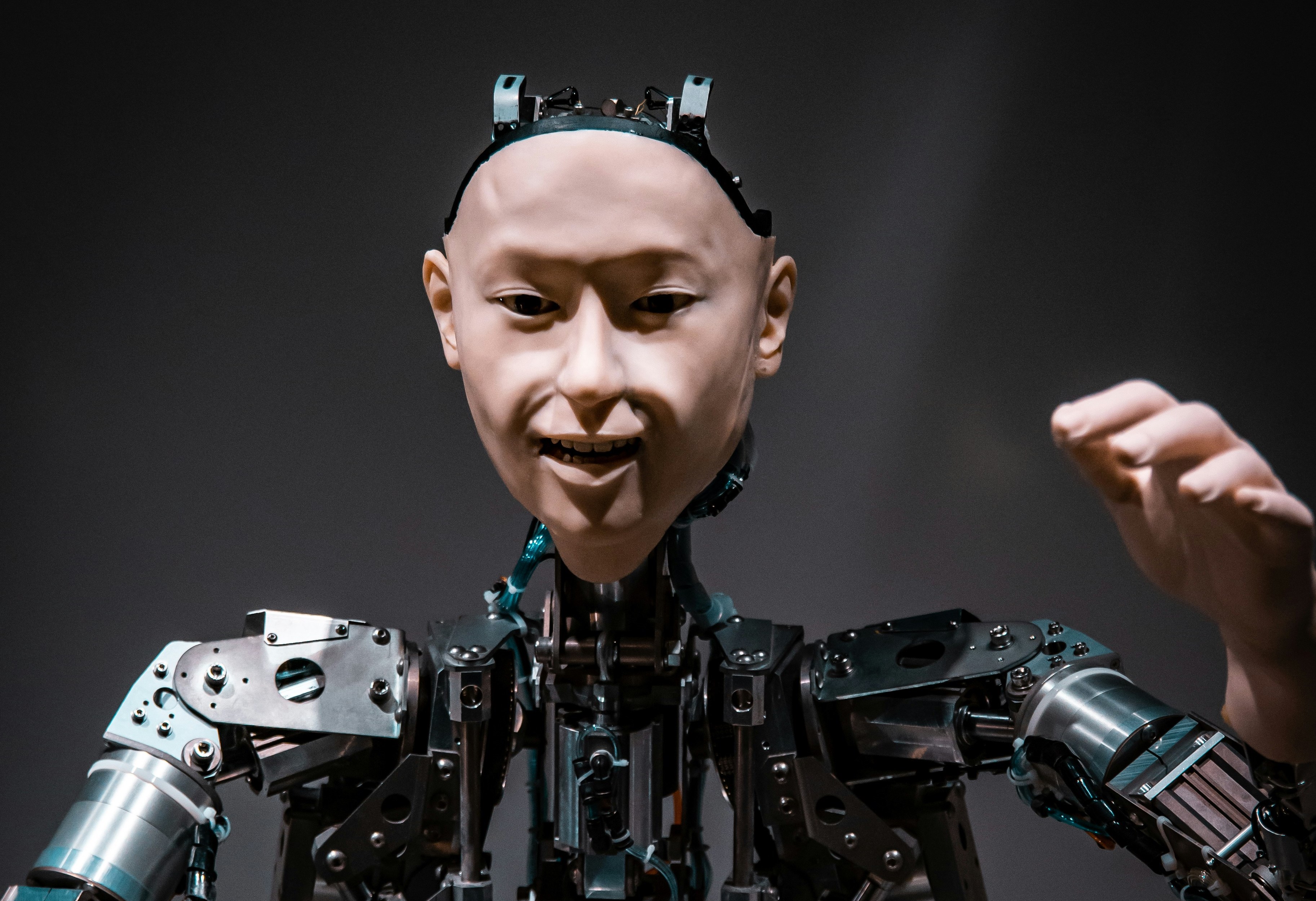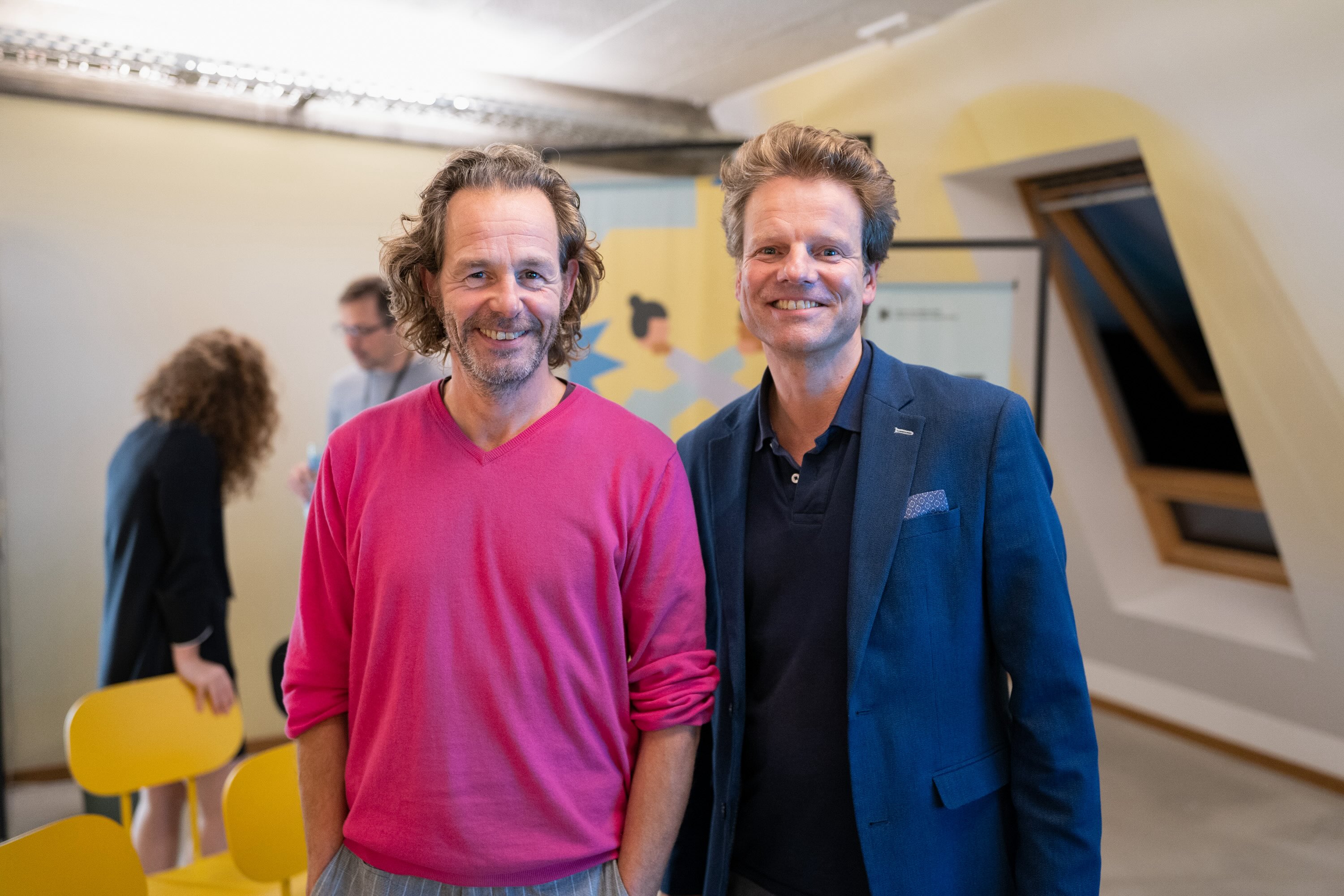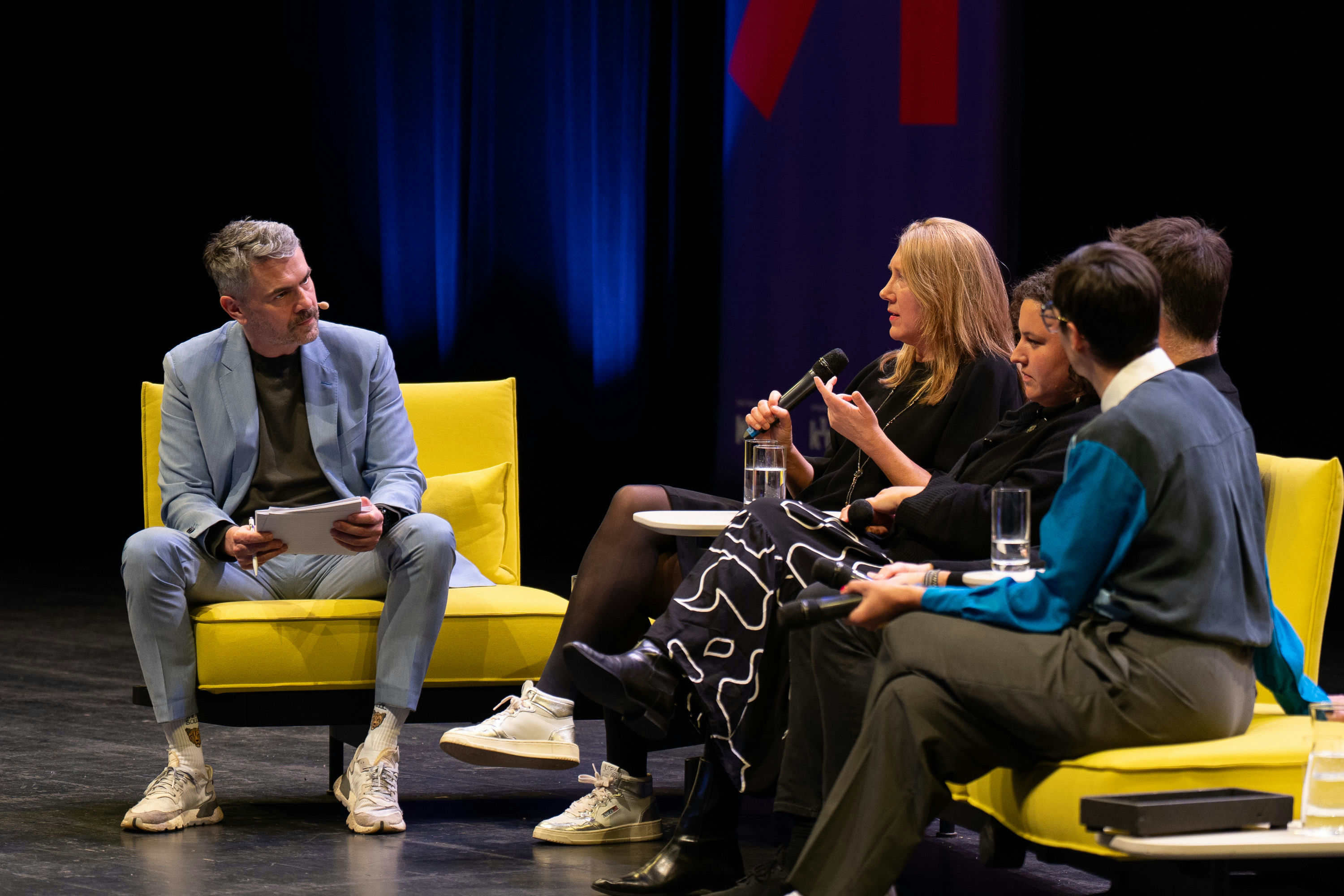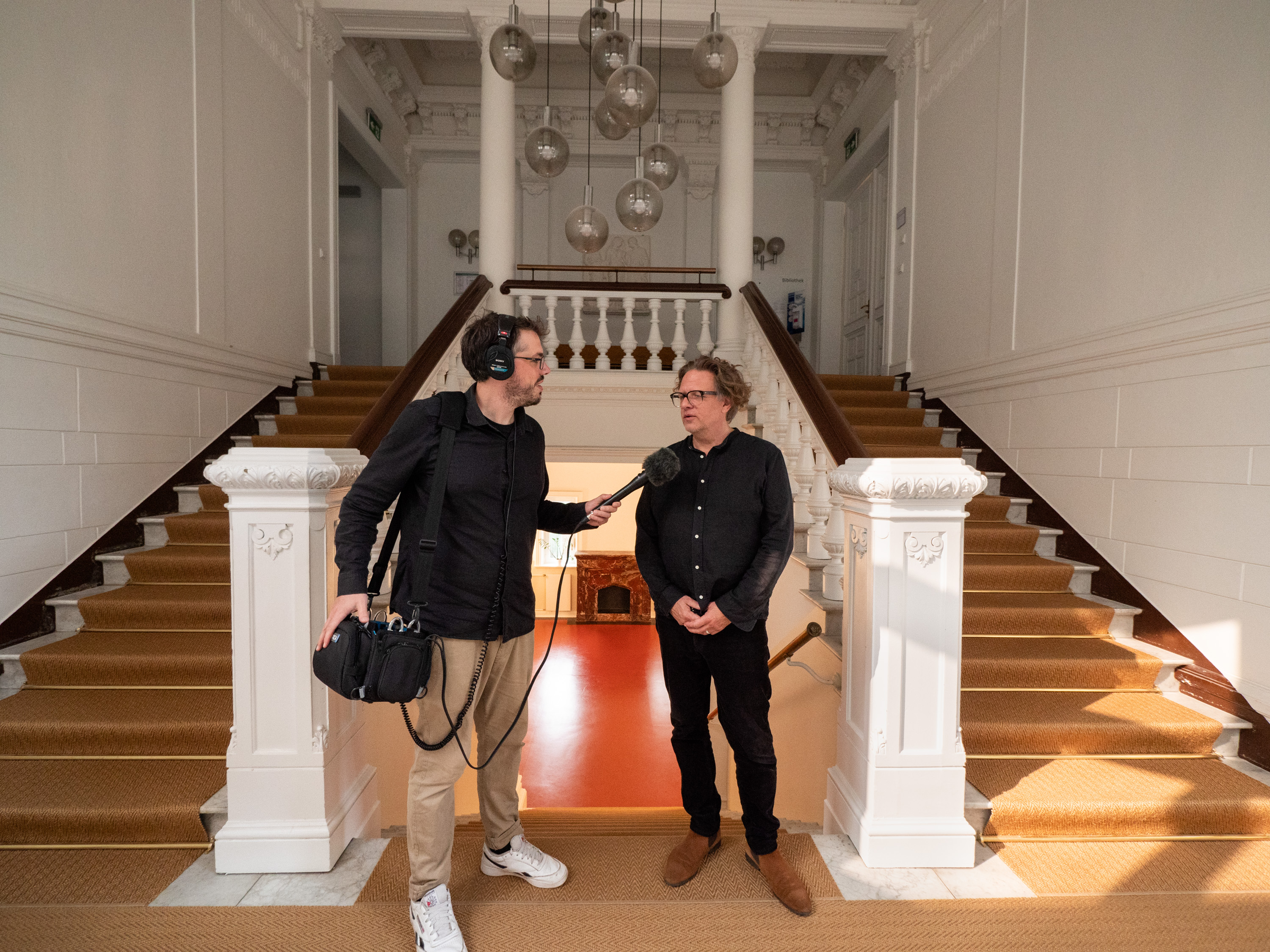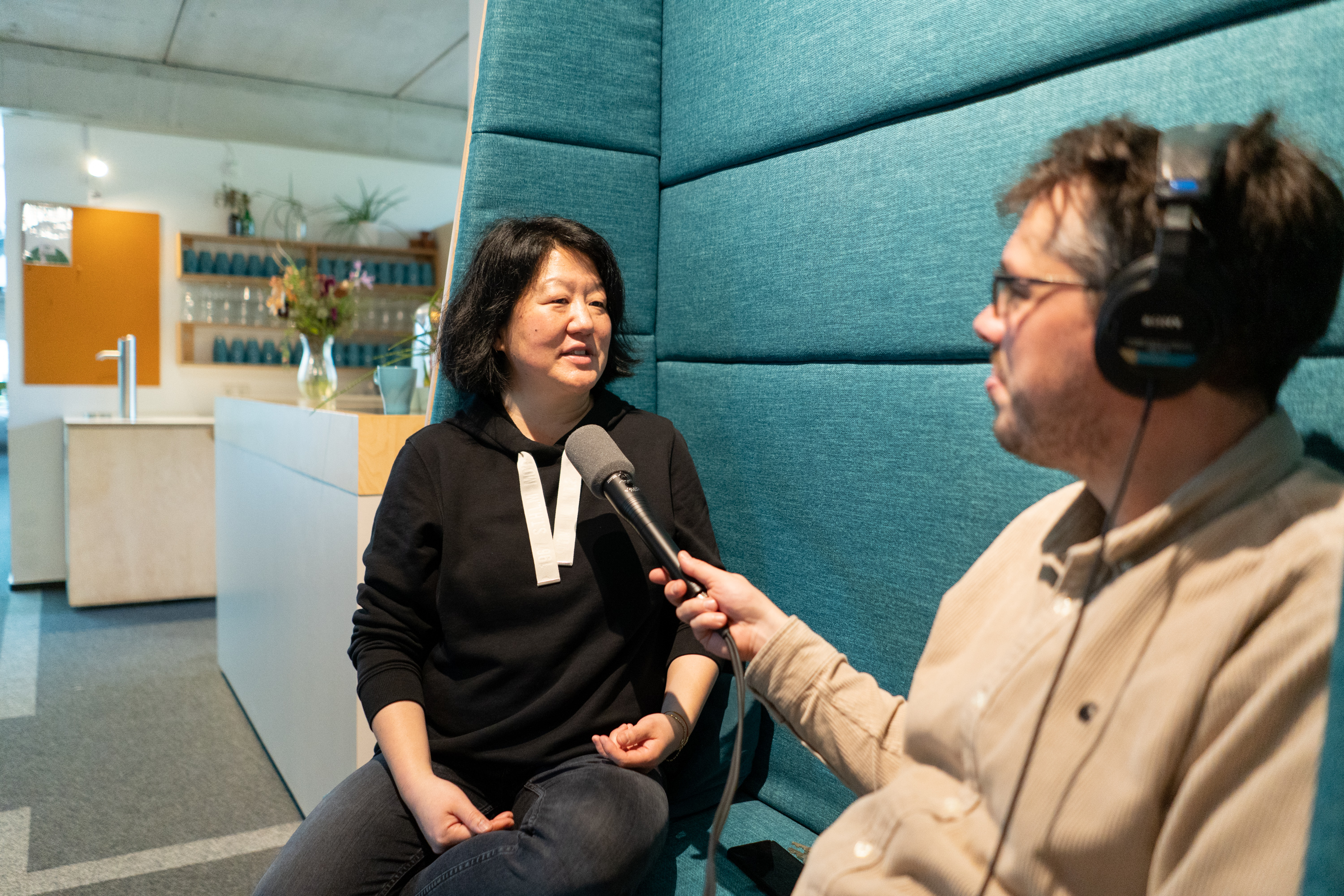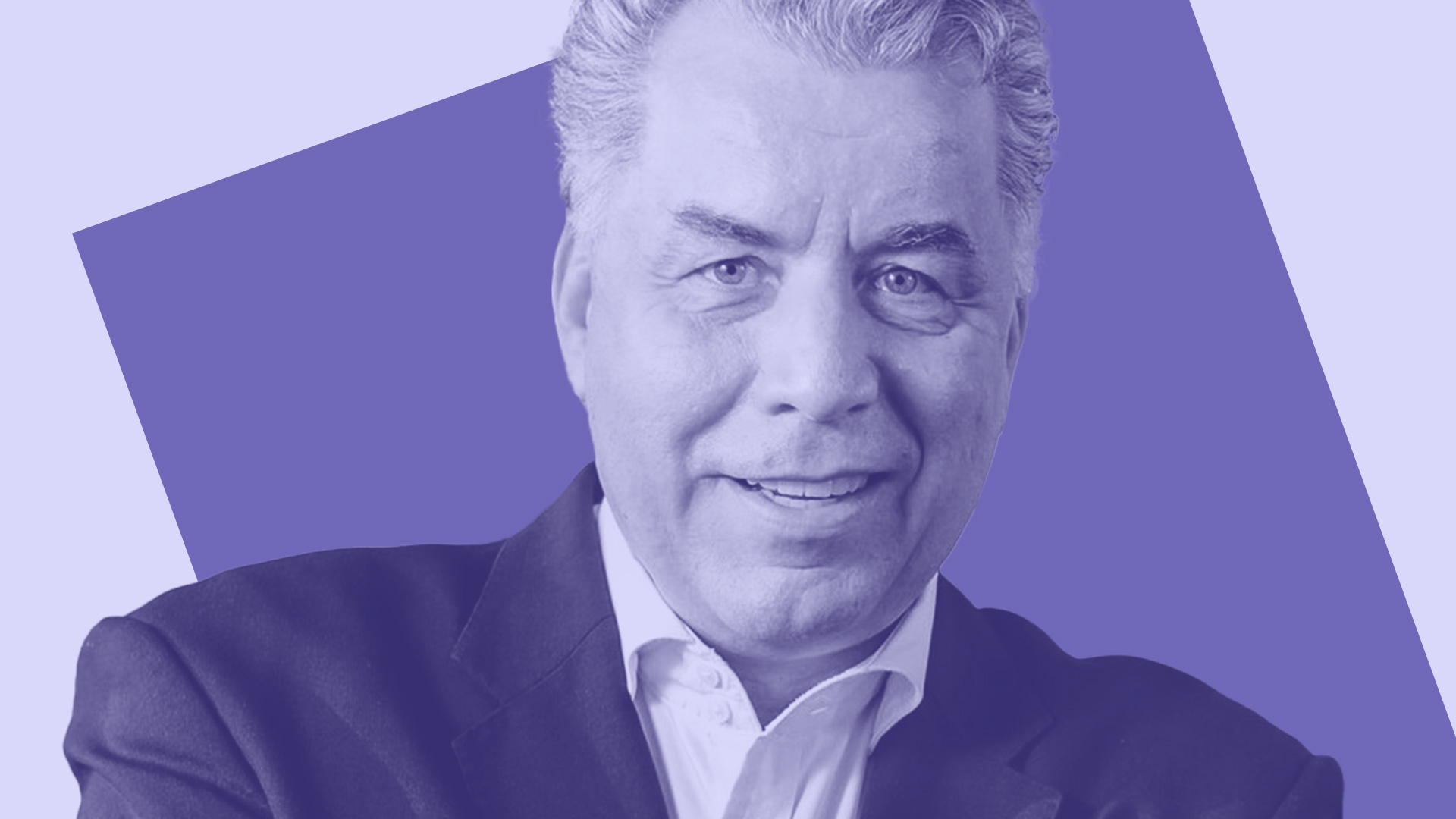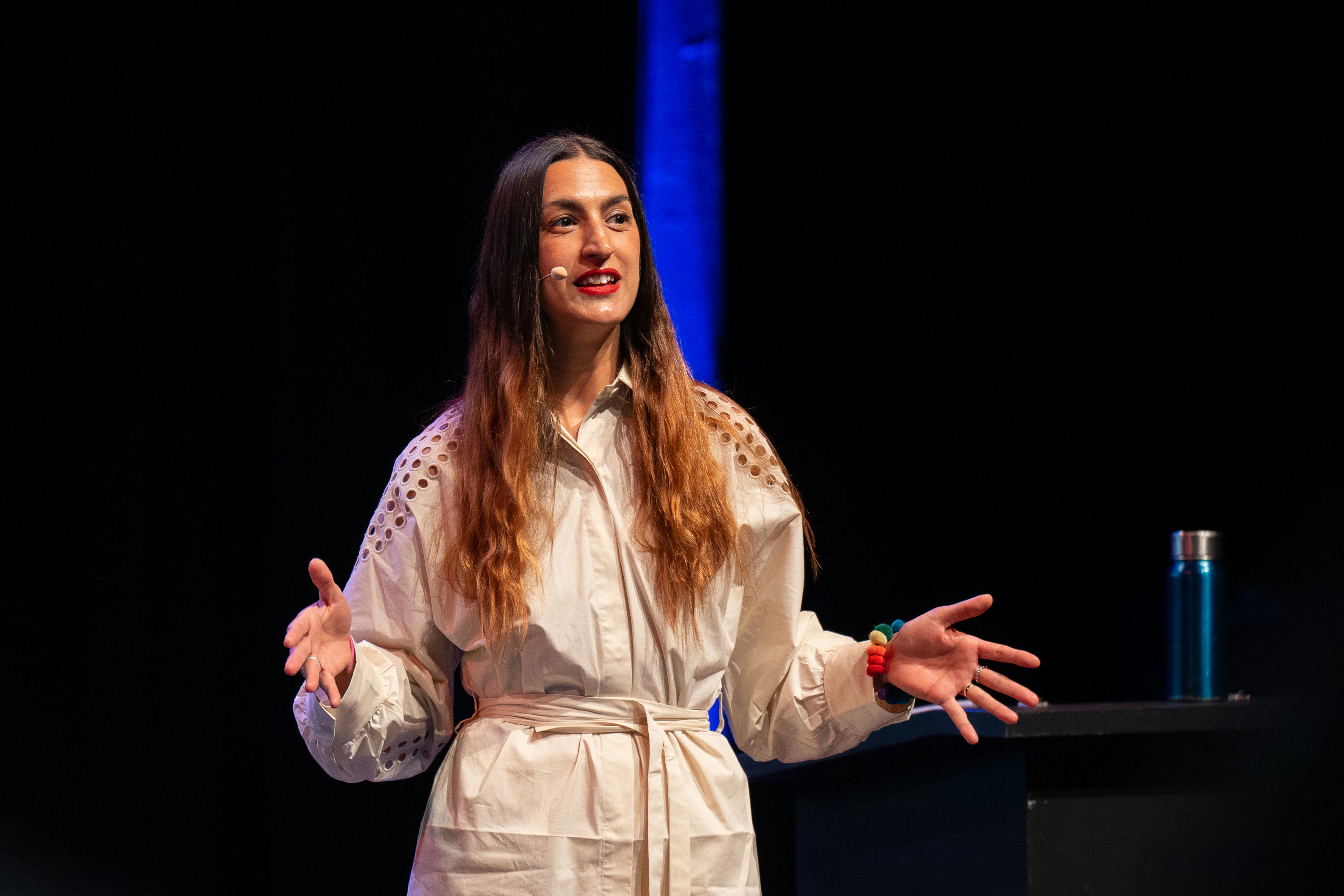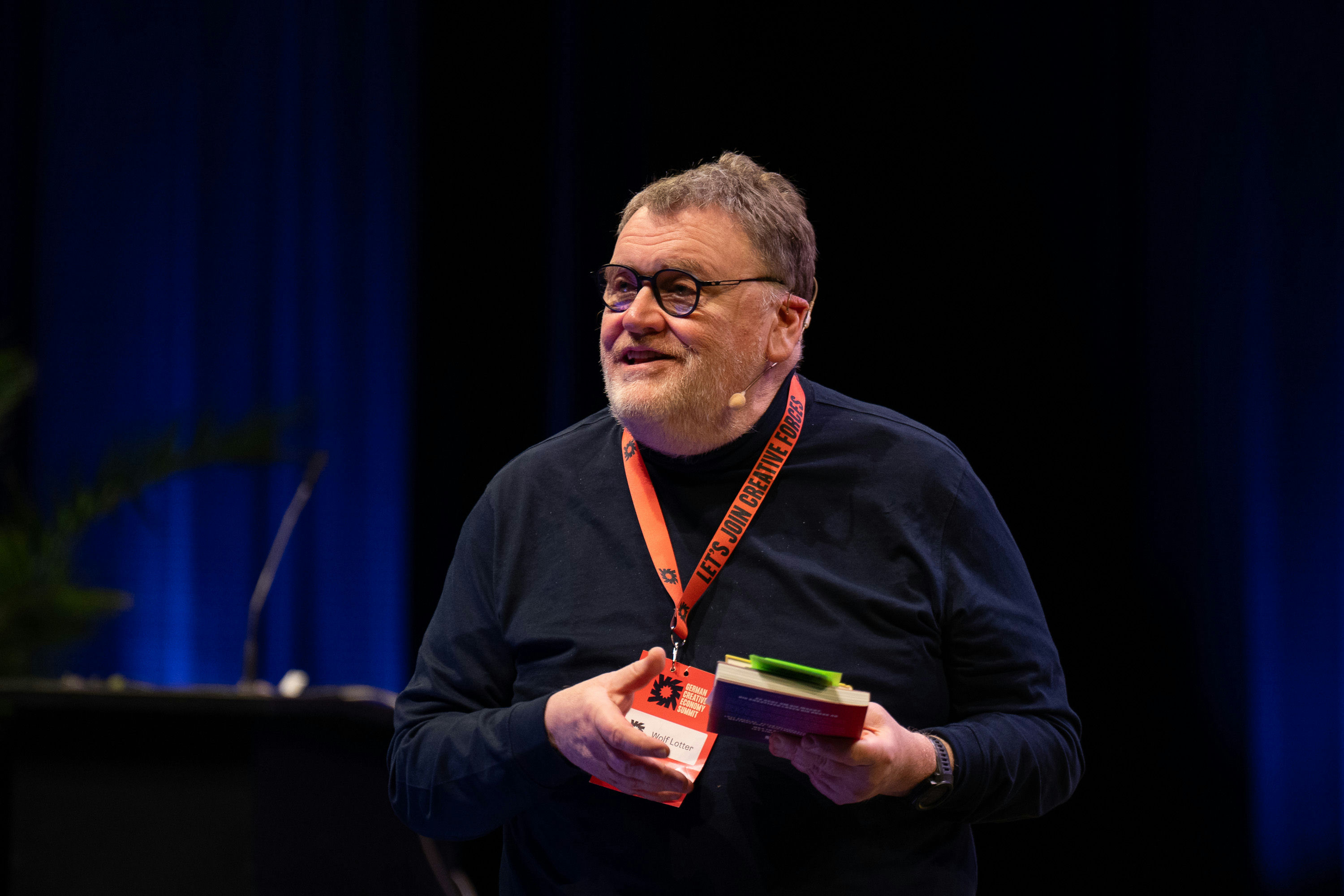Which particularly original "song" do you remember from your work?
The "Save yourself the flight" campaign, for example, which I designed for Deutsche Bahn. There we juxtaposed exciting, very distant landscapes one-to-one with almost identical landscapes in Germany. A canyon in Arizona with the Saarschleife, for example. In addition to a classic online display campaign and influencer marketing, we ran a real-time price comparison of flight and train tickets on Facebook, in which the algorithms of the four platforms interacted with each other in an artistic way. That was new.
A complex data project.
Exactly, with Facebook I know where the recipient is and what interests he or she has. I know whether the person would prefer to fly to the USA or Asia and where the nearest airport is. Everything is linked in real time so that the advert always shows the current cheapest flight price with the constant 19-euro rail offer and the corresponding landscapes.
What role can AI play in campaigns like these?
Technology means progress. I think that's fundamental and anyone who turns their back on AI is creating their own handicap. Creatives should embrace, learn, master, understand and work with these technologies to get faster and better results.
